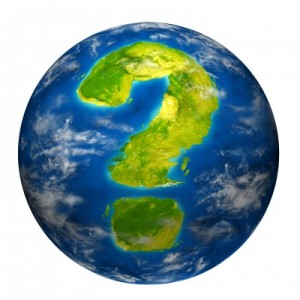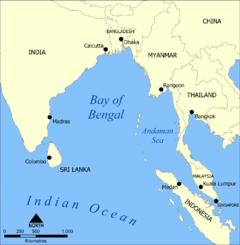
No one really knows when an earthquake will occur, but it is possible to predict where the next quakes may strike.
Considering how very LARGE the Earth is in comparison to how very SMALL humans are, I don’t think that we can predict when an earthquake will occur – but, it is possible to predict where the largest and most damaging quakes will happen.
Dr Schellart, of the School of Geosciences, and Professor Nick Rawlinson from the University of Aberdeen in Scotland used earthquake data going back to 1900, and data from subduction zones worldwide, to map the main characteristics of all active subduction zones on Earth.
They investigated if these subduction areas have experienced a giant quake in the past, and they looked for patterns in geometrical and geological properties to support their theories.
Brilliant! This idea is very basic, but no one has taken the time to research the patterns until now.
Usable Research

Researchers have determined that the East Indian subduction zone is one of the most dangerously active plate boundaries on the planet today – Wikipedia
They found a pattern, and discovered that the main indicators of predicting where earthquakes occur primarily focus on the following characteristics:
- the style of deformation in the plate overlying the subduction zone,
- the level of stress at the subduction zone,
- the dip angle of the subduction zone,
- the curvature of the subduction zone plate boundary,
- the rate at which it moves.
Through their findings, Dr Schellart has identified several subduction zone regions capable of generating giant earthquakes, including the Lesser Antilles, Mexico-Central America, Greece, the Makran, Sunda, North Sulawesi and Hikurangi.
As we see today, these zones are active, and the number of quakes and their magnitudes are increasing in these areas – no doubt.
Click this link to read their entire article: www.sciencedaily.com
